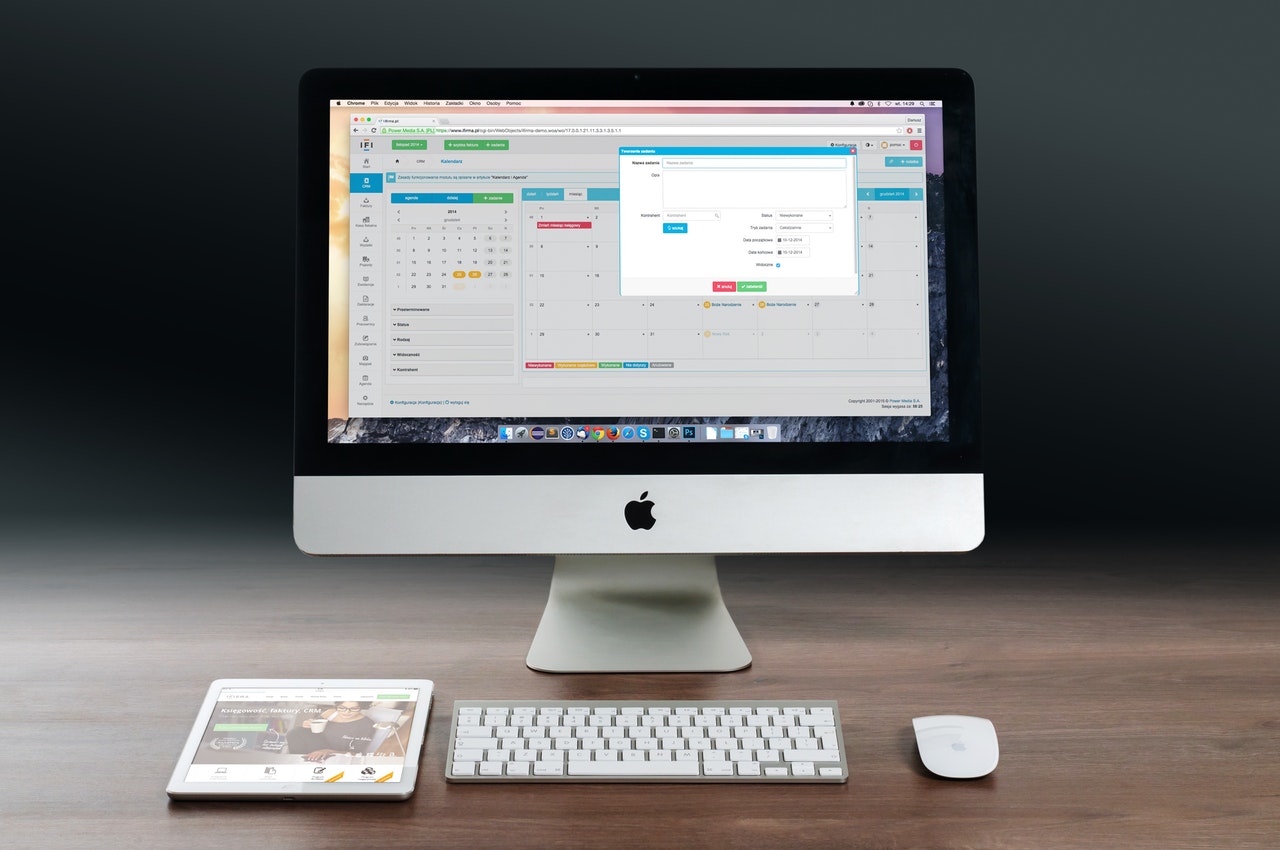# Prototype
# Mock-Ups
- Purpose
- Click Dummies for simulation and test
- Time required
- From 1 hour to 1 day
- Participants
- Design Thinking team
- Level of experience
- experienced

# What is it about?
Mock-ups are dummies that simulate the user interface of an executable program, sometimes even functions. This makes it possible to test the planned solution before developing it completely.
# The goal
Mock-ups should feel realistic so that testers and customers can provide specific feedback and ask specific questions. User tests with mock-ups increase the quality and user-friendliness of the developed program already before its first completion.
# How to do it?
- Define which components of the idea should be represented.
- Decide on an implementation form (paper, mock-up tool).
- First design the frame components.
- Then move on to designing the more specific components.
# When do you need it?
Mock-ups are useful when promising ideas have already been further developed and they result in a consistent concept. It is precisely then that mock-ups can be used to test whether this solution is visually feasible and clear for the user. The mock-up gived the customer a first realistic impression of the later program.
# Resources
- Adobe Photoshop, Axure RP
- HTML 5 Editors
- if necessary paper, scissors, glue
# Advantages
With the help of mock-ups, functionalities can be tested at an early stage and errors can be detected before the programming, and different implementations and their limits can be made visible.
# Disadvantages
It’s important to be as realistic and clean as possible, but even the untrained eye can often tell that it’s a mockup.
# Keep in mind
Depending on the application, mock-ups can also be physical objects. In any case, concentrate on the surface or appearance and don't dwell on the functionality behind it. In general, don't get lost in details.
# See also
| Previous methods | Alternative methods | Following methods |
# Sources
- Curedale: Design Thinking: process and methods manual (opens new window) Design Community College Inc. ISBN: 9780988236240.